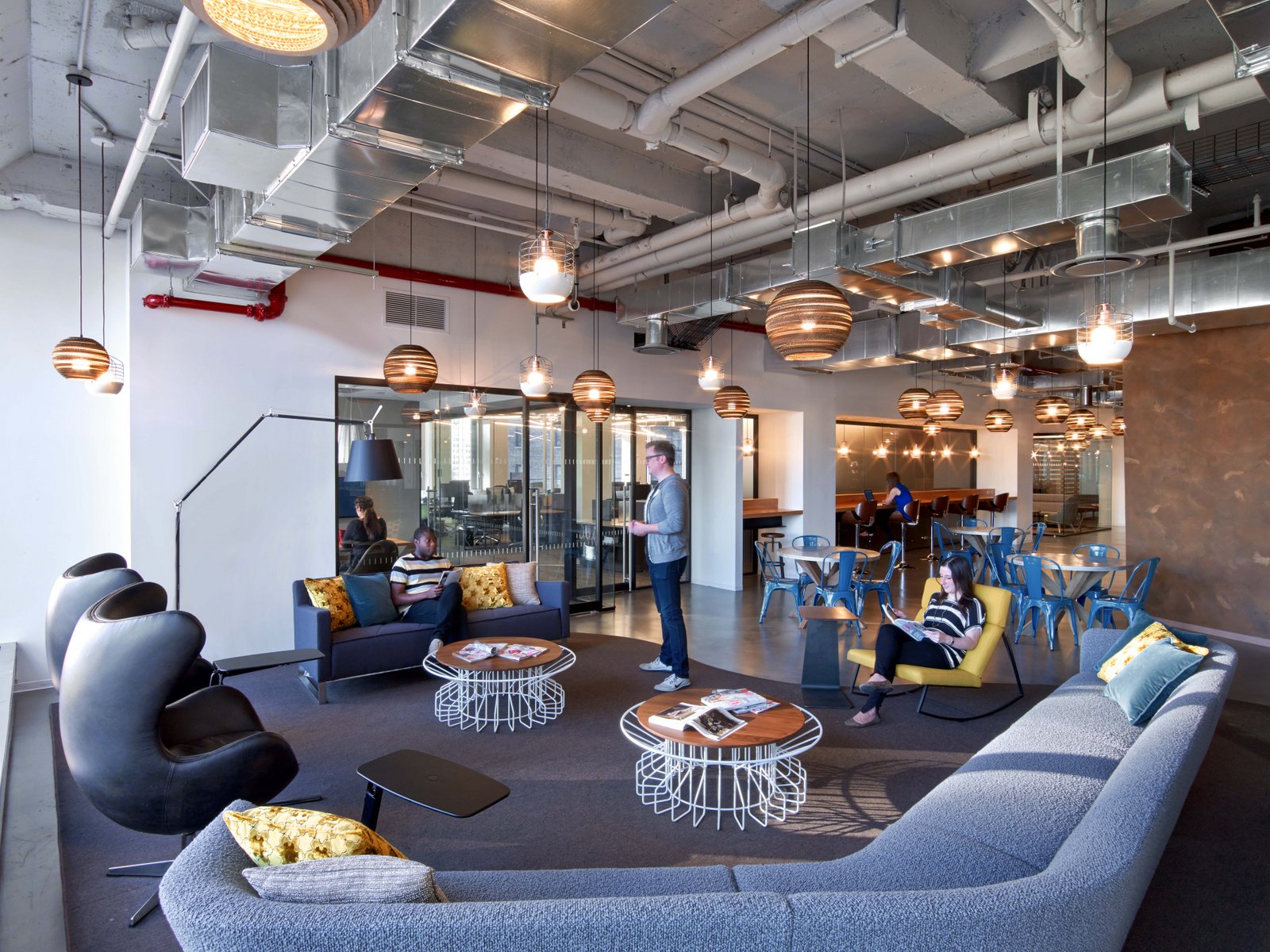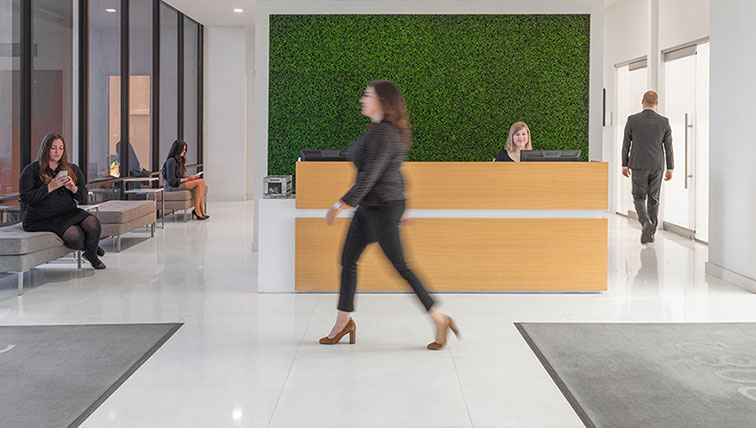

Insights: Perhaps the best way to manage a hot desking setup is through a centralized dashboard.This autonomy can translate into better workplace engagement, alleviating burnout and reducing employee turnover.

#Office workspaces series
Hot desking has its critics, but it also has a series of undeniable benefits. Some have even successfully convinced employers to reverse course and return to a hybrid policy.
#Office workspaces full
In some cases where companies are forcing employees back to the office full time, workers are pushing back strongly against their mandates. Now, as more organizations return to the office using a hybrid work model, employees are expecting a similar degree of freedom. After realizing much of their office space was underutilized, the company introduced flexible workstations that made better use of real estate. In fact, CitiBank became an early pioneer of the concept in 2014. Hot desking is far from a new phenomenon. In theory, this translates to a more productive (and more harmonious) office environment. The goal is simple: Optimize available office space, maximize efficiency, and minimize redundancies wherever possible. As an alternative to the traditional fixed-desk setup, this approach allows people to freely work wherever they feel comfortable on any given day.


Hot desking refers to a flexible seating arrangement wherein your employees can book and use a workstation anywhere in the office on an ad-hoc basis-that is, if it hasn’t been reserved already. But what exactly is hot desking? How does it work? And, most importantly, how can your organization benefit from implementing it? What is hot desking? Employees want freedom-not just in terms of where they work, but how they work, too.Įnter hot desking: an innovative workspace solution that’s bringing flexibility to the modern workplace. In fact, research shows that 82% of decision makers are concerned about successfully getting employees back to the office this year. The problem? A smooth return to the office is easier said than done. Now, eager to return to a state of normalcy, many organizations are asking employees back to the office (at least, to a certain extent). See how this office trend is helping companies better serve hybrid employees.įor the better part of the last few years, millions of employees have clocked in from the comfort of their own home. If you’re new to hot desking, it’s an office setup that serves as a temporary workspace in hybrid work models.


 0 kommentar(er)
0 kommentar(er)
